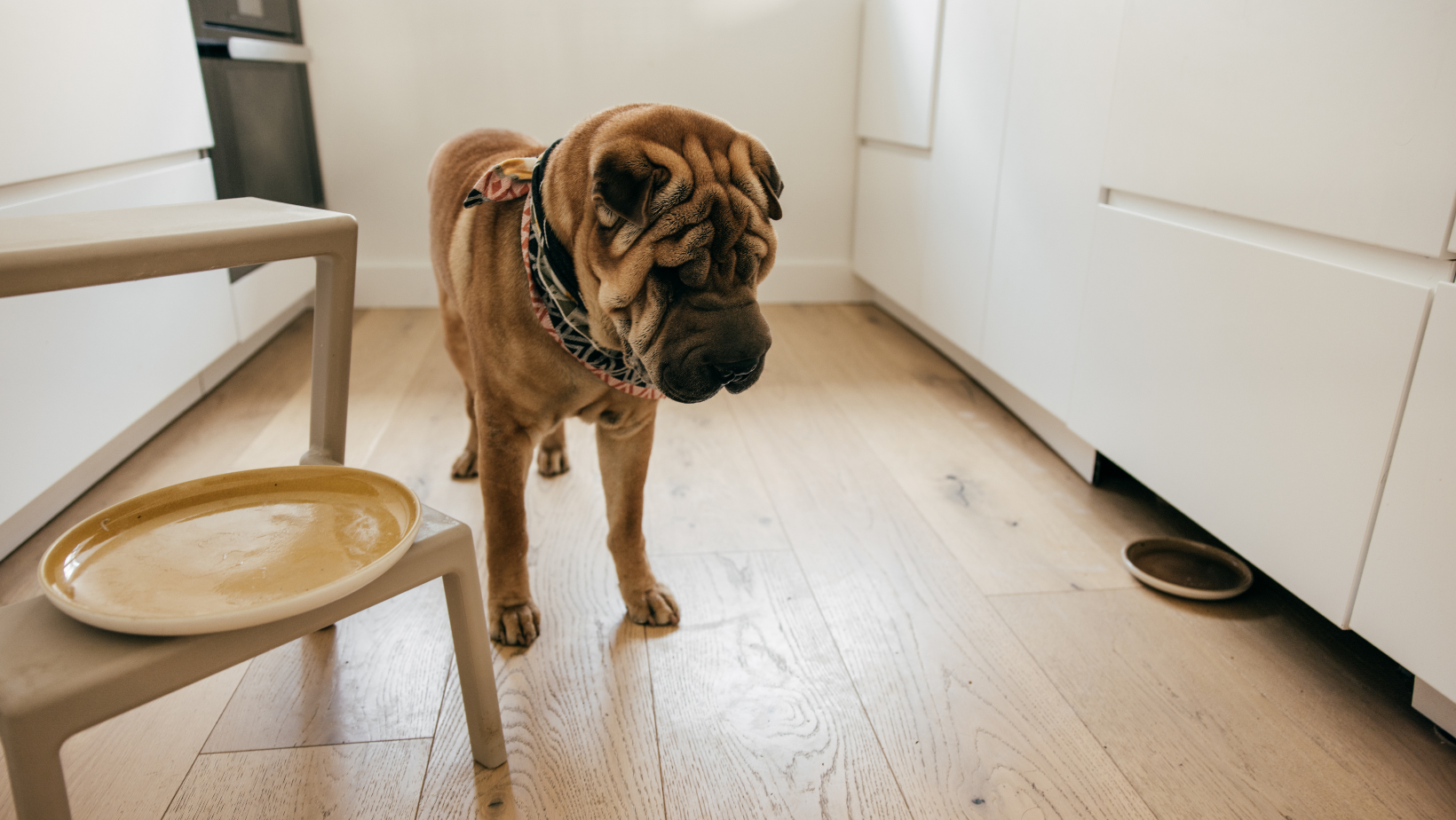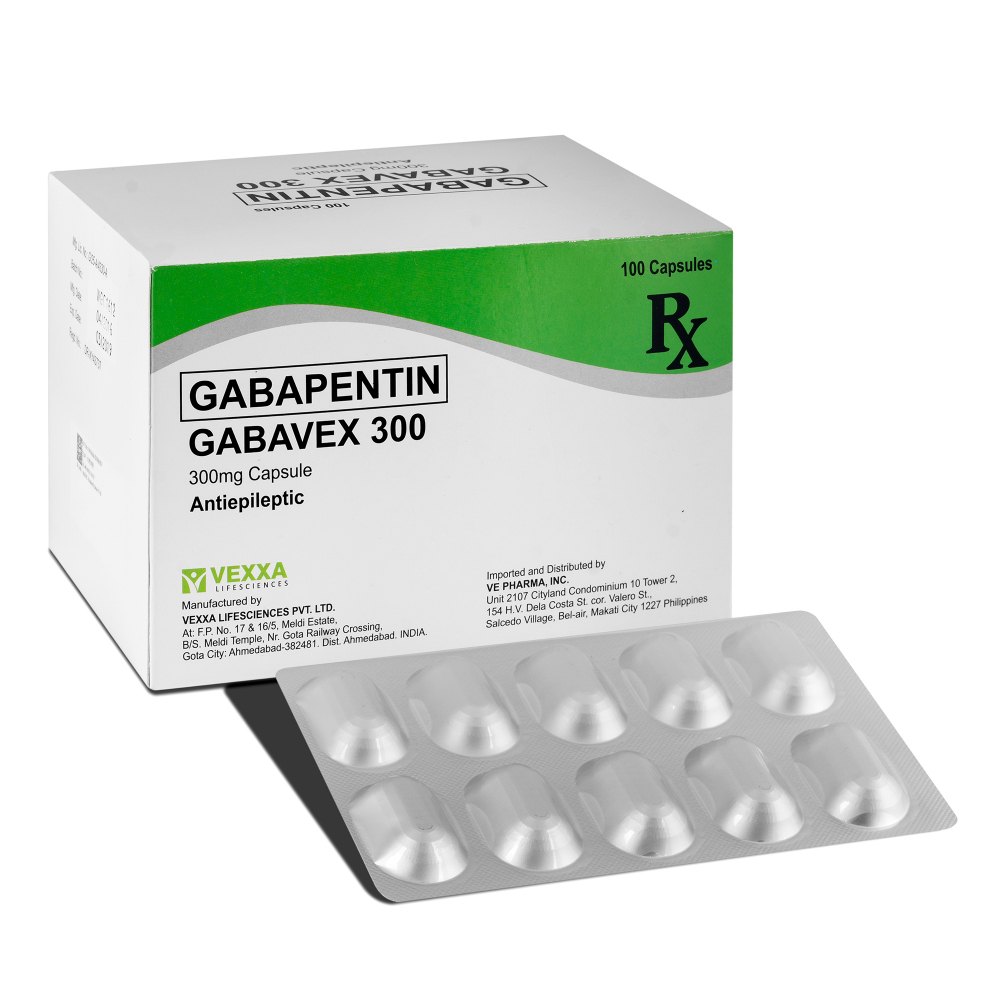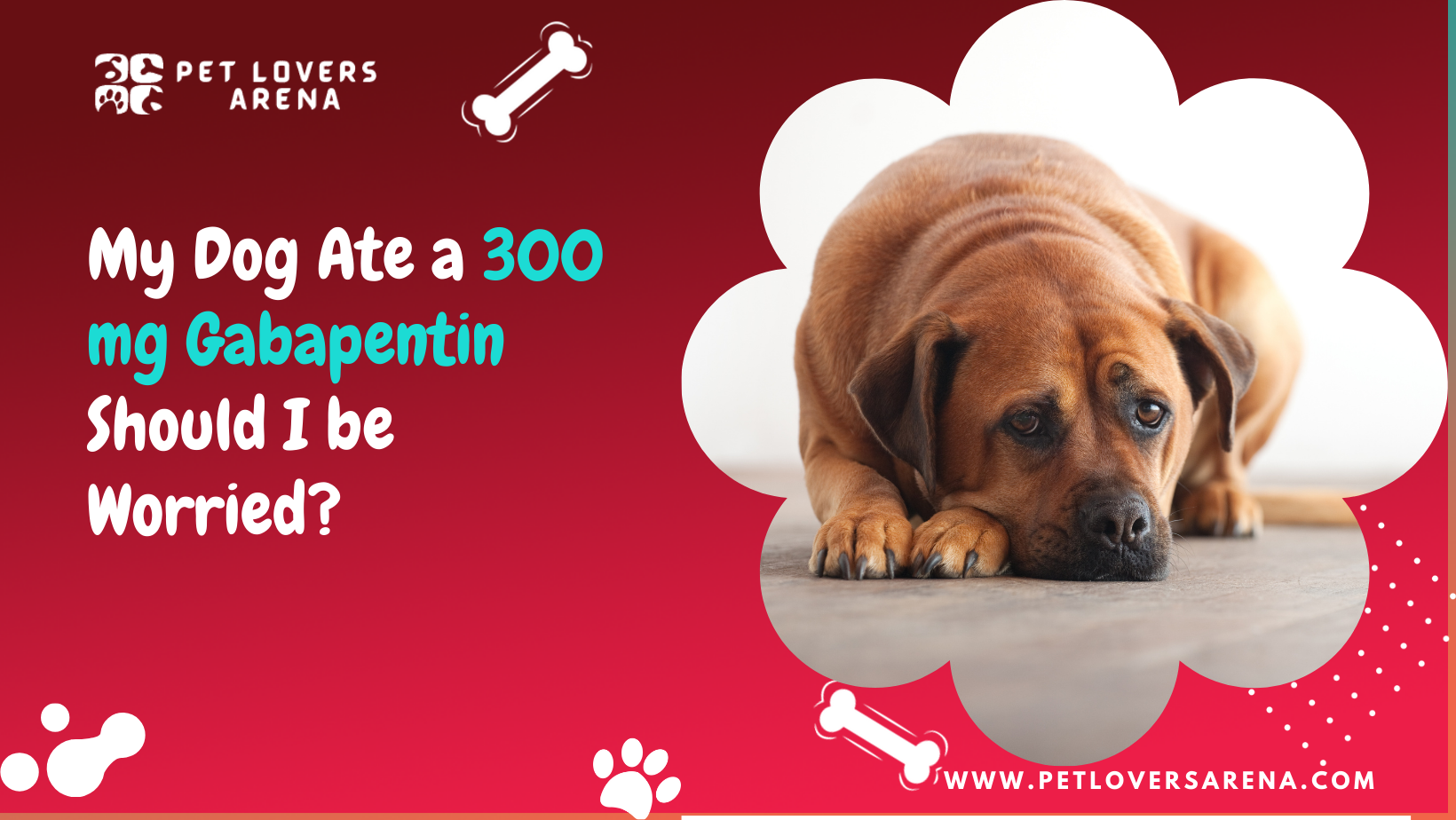Gabapentin is a well-known name in the field of veterinary medicine. This medication is commonly used to treat dogs’ seizures, discomfort, and anxiety. Gabapentin acts as an anticonvulsant and analgesic.
However, because this is an “off-label” treatment for dogs, the FDA has not approved it. Gabapentin is thought to function by releasing excitatory neurotransmitters to treat seizures and anxiety.
So, all of this medication is beneficial to your dogs. But have you ever considered what would happen if your pet ate it in higher quantities? What if you suddenly found yourself screaming, “My dog ate a 300 mg gabapentin pill!”
You should be aware that taking too much Gabapentin might cause serious side effects like diarrhea, vomiting, and incoordination. So, because prevention is better than cure, keep this drug out of your dog’s reach. However, if your dog gets to swallow it, there are a few things you may take to prevent a catastrophic outcome.
What exactly are they?
In this post, we’ll go over them in depth. But first, let’s define Gabapentin, determine the proper dosage for dogs, and determine how long the medication remains in a dog’s body.
What is Gabapentin?
Gabapentine, as previously stated, is a medication used to treat anxiety and seizures in dogs. This medication has also been shown to help dogs with chronic pain. Gabapentin reduces the ability to sense pain by binding to calcium channels. However, it should be noted that Gabapentin is primarily a human pharmaceutical that the FDA has approved. Unfortunately, it is not an FDA-approved veterinary medicine.
Nonetheless, there have been several instances where Gabapentin has been shown to be effective as a pain reliever in dogs. On the other hand, veterinary professionals are split on the drug’s use and effects. As a result, there is still a disagreement.
General Information About Gabapentin

Before we look at the procedures that can be taken to control a Gabapentine overdose, here is some background information about the drug. It will offer you a better understanding of the medicine and how it works in dogs when given in overdosages.
| Generic Name | Gabapentin |
| Other Name | Gabapentinum; 1-(aminomethyl)cyclohexane acetic acid Neurontin ( a common brand name) |
| Toxicity | Medium; Non-Fatal |
| Signs and Symptoms | Sedation, Incoordination, Ataxia, Drowsiness, etc. |
Gabapentin in Dogs: What is it Used For?

Gabapentin is administered orally. It is either used in isolation or as part of combination therapy. In this section, we will be discussing some of its usage in dogs.
1. Pain Killer
Pain is no one’s best friend. And when pain is an annoying issue for your furry friend, you would want to get a quick relief for them.
Welcome, Gabapentin!
Because of its pain-killing qualities, this drug has proven to benefit veterinarian science. This drug is frequently administered to help dogs with painful diseases such as osteoarthritis, cancer, and tooth discomfort. Postherpetic neuralgia, a painful condition caused by nerve damage done by shingles, which is similar to herpes or chickenpox in humans, is another health issue that Gabapentin can help with.
Chronic pain in dogs is usually treated with a dose of 1.4 to 6 mg per pound of body weight. However, if your dog becomes accustomed to the medication, your veterinarian may increase the dosage.
2. Anxiety Relief

Anxiety is another problem that Gabapentin can help with. This medication can be taken alone or combined with antidepressants such as Prozac or Clomicalm.
Gabapentin is an anxiety-relieving medication that helps dogs react less strongly to stressful situations. In other words, this medication aids in the management of the triggers that cause dogs to become apprehensive.
To keep in mind, veterinarians frequently begin giving Gabapentin at the lowest feasible dose and gradually increase it. On the other hand, the doses would be determined by the dog’s size, age, and the condition he is in.
3. Seizure Treatment
Gabapentin is classed as an antiepileptic or anti-seizure medicine in the field of medicines. This medication prevents seizures by preventing the transmission of particular impulses in the central nervous system.
Gabapentin is usually administered at a larger dose, ranging from 4.5 mg to 13.6 mg per pound, to dogs who have seizures.
Proper Dose Of Gabapentin For Dogs
Based on the size and age of the dog and the troubles it is experiencing, veterinarians typically prescribe a wide range of Gabapentin doses. This medication is available in capsules of 100 mg, 300 mg, and 600 mg and a liquid version. With that said, the standard dose is 1.5 mg to 10 mg per pound of body weight over an 8 to 24-hour period.
However, it would be helpful to keep in mind that your veterinarian may change this amount and prescribe Gabapentin once a day at bedtime to give your dog time to adjust.
Hence, if 300 mg of this medicine is not prescribed to your dog and still he consumes it, the chances are high that it is a case of overdose. Therefore, in this case, the first step to be taken is to consult your vet immediately.
With this in mind, let us proceed towards the steps that can be taken if you find your dog has consumed 300 mg of Gabapentin.
You May Also Like: 9 Best Ear Drops For Dogs To Buy In 2022 {Expert’s Choice}
My Dog Ate 300 mg Gabapentin- What to Do?

It should be obvious by now that a licensed veterinarian must always recommend a dog’s Gabapentin doses. However, what if your dog takes a large quantity of this medication?
Let’s be honest: a very high dose of Gabapentin will almost certainly make your dog sick.
One specific thing to remember is that a 300 mg dose of Gabapentin is not necessarily an overdose. It is normally safe to give to your dog. Nonetheless, because it is a prescription medicine, the correct dose can only be determined by a veterinarian.
So, when is a 300mg Gabapentin dose considered an overdose? It occurs when your dog is given a much lower dose yet swallows 300mg of the medicine.
It will help if you keep in mind that this medication may interfere with certain pre-existing comorbidities in dogs, such as
- Diabetes
- Kidney problems
- Lung disease
- Liver issues
- Depression, etc.
Hence, if your dog consumes 300 mg of Gabapentin and is suffering from any of the above health problems, consult a vet quickly. This is critical since Gabapentin has the potential to exacerbate these health problems, resulting in serious health implications.
However, until you can get to the veterinarian, you can make your dog puke at home. However, employing harsh chemicals or shoving your finger down your dog’s throat to make them vomit is never a good idea. Only in the following circumstances should vomiting be induced:
- If your dog has recently taken a large dose of Gabapentin (maybe an hour ago).
- Your dog is asymptomatic, meaning he doesn’t show any signs of serious drug toxicity.
- If your dog does not have any pre-existing medical issues.
- When hydrogen peroxide can be safely administered to your dog (only 3 percent).
It is most suitable to consult your veterinarian and learn how to stimulate your dog to vomit in the event of an emergency. This will enable you to provide greater assistance to your dog.
To better understand the problem, look for the following indicators of Gabapentin reaction in your dog.
- Weakness
- Drowsiness
- Hives
- Tremors
- Shortness of breath
- Seizures
- Mild incoordination
- Unsteady walking pattern, etc.
After all, it is said and done, 300 mg of Gabapentin for dogs is not usually regarded as severely harmful. So, if your dog ingests it, do not panic. Instead, please consult your veterinarian about the symptoms and take him in for a quick check-up.
However, keep in mind that Gabapentin is a prescription medication, and you should always give it to your dog according to the prescription to avoid issues.
Also Read: 8 Dog Food Brands to Avoid [+ 5 You Should Buy]
Gabapentin Remains in a Dog’s System For How Long?
Understanding the idea of medication “half-life” is critical when considering how long Gabapentin stays in a dog’s system.
The time it takes for the body to break down and excrete half of a drug’s dose is known as its “half-life.” A drug’s half-life measures how much time the drug’s effects will last in the body.
Gabapentin has a half-life of 2- 4 hours in dogs. This medicine is absorbed into the bloodstream from the duodenum once it is given. Its level in the blood climbs to a peak after 2- 4 hours after complete absorption. After absorption, it is broken down in the liver and excreted through kidneys after 3-4 hours of administration.
Gabapentin has a short half-life in dogs, making it less likely to cause adverse drug responses or side effects.
Summary
Before we wrap up, we want to emphasize that if your dog has ingested 300 mg of Gabapentin, do not panic. However, it would help determine whether you are dealing with an overdose. Calculate the correct dose of this medicine for your dog using simple math. Keep in mind that the standard dose is 1.5-10mg per pound of body weight. So, crunch the numbers!
Even though your dog is not at risk of overdose on Gabapentin, you may observe any of the drugs mentioned above adverse effects. Taking your dog to the vet right away is the best method to cope with such circumstances. This is specifically important for dogs with pre-existing health issues.
Remember, Gabapentin is a prescribed drug, which should be given as prescribed by the vet. Any diversion from this course may cause adverse health impacts in dogs, even if it is to a lesser degree.
Meet Madison Phillips, your compassionate guide to pet well-being. With experience from VCA Animal Hospitals and Laxton Vet Clinics Bellaire Inc. Madison honed her skills and embraced the balance of medical expertise and compassion, through her articles, she simplifies pet care, whether you’re a newbie or an experienced pet parent.

